Sane-Cha: The Poetic Choice (A Shincha Season 2025 Requiem)
In which we, at long last, become the pilgrims we were meant to be.
The world will tell you there is no time for tea.
You’ll hear its words while waiting in line at an immigrant-owned bakery down the street on a peaceful day when the hydrangeas are blossoming. They’ll ring in your ear as you send emails like paper airplanes back and forth with your new newspaper editors between gut-wrenching clips of your past editor getting shot at alongside your fellow Angelenos. And you’ll want to cry and scream and get on the next plane back to LA to be there, in the trenches, fighting for what you love about that city in any way you can, and you can only wage those battles the way you did in January shadowboxing flames in your dreams.
And there will be so much dissonance, maybe too much and so you’ll pause your tea classes and you’ll log off and wonder again how good of a father you’ve been one-year in and whether you can keep your mountain range heavy string of preferences on the back burner for another decade or two. And you’ll be spellbound by diaper-wiggly babies crawling on the sand like hermit crabs and you’ll litigate your choices and launch your new websites and add to your novel. And you’ll write your first newspaper piece since your last newspaper piece and you’ll recognize much later than you should about how these pieces match up like a puzzle (gardening was mom’s favorite hobby not involving her children). Then, you’ll meet up with your mates and contemplate new spaces—third spaces, anti-coworking spaces, co-being spaces. Somewhere soft and homelike—somewhere Tea at Shiloh-like.
But the world will keep telling you there is no time for tea over and over and the clips will get more and more brutal and they’ll hurt your heart and you’ll pray so much your hands are sore from double-clapping and your waist is sore from double-bowing and the bell will ring in your ears and only then will you see the clips of musicians playing as missiles sail in the background. Surfers waiting for the set as scuds slam into buildings and bodies right there ashore. And someone will ask you whether having kids is a good choice or a bad choice in a world like this and it’ll hit you and you’ll tell them the truest thing you can say about it:
“It’s the poetic choice.”
Then, you’ll stop hearing the words because the world will have shown you something other than what it tells you.
The world will have shown you that there is only time for tea.
Yesterday I was finally able to sit for a few uninterrupted hours and be served tea. Excellent tea. Jaw-dropping, toe-curling, sing-it-from-the-rafters tea. Hot tea on a hot day.
So what? Wanna fight about it? Here, let’s have some tea first.
I visited Takaranoniwa that safe haven collective of pottery and tea and community and gardens and I’ve now learned actual tea bushes. I was gifted a session of raw, sheng puerh by my fellow Kamkaura-dwelling Chinese-teahead, Nana-San and her Kitakamkura-he-cha-lab pop-up road show.
It’s wild what a couple hours with 4.5 grams of tea can do to a guy on the last official day of Spring. Felt like I got the entire pep of the season steeped into my step. Hanging with Nana-San was a long time coming and it may be longer still before our next sesh, but I feel my whistle was properly whetted—and my credentials properly vetted.
I don’t know what the last part of that sentence means but it feels appropriate, anyhow. Story time, my dears. Enjoy.
I.The Story
My friends were in Kamakura. There was only one day left open in their schedule. A simple choice was presented.
“We could go to Tokyo,” I asked, mentioning the merits of that megalopolis just an hour away. They’d meandered around Kamakura for a week but still not set foot in the capital of Japan. If they didn’t go now, they wouldn’t get the chance.
I paused, trying to not to sound absurd, “Or we could go on a pilgrimage.”
By then I’d warned them that I’d become borderline religious. A 180-degree flip from a Nitzsche-stached youth. Agnosty with it, at best. Now a practitioner, as some might put it.
One of the two was a proper missionary in recovery, the other just knew how to get wet. They’d even shepherded Holy Water from that hundred-person strong high-mountain town of my earliest years. All for me. All for tea.
Their response to this choice was an emphatic punt of the Rare Jean Jacket hunt-a-thon for another trip or another life.
“We like the sound of the pilgrimage,” they said.
“Very well,” I laughed, delighted to finally be crossing the threshold. “Pilgrimage it is.”
I may have spent the first 2.5 years living in Kamakura making the rounds to the hundred-odd temples and shrines strung through the medieval capital but before these words, I had yet to take the plunge. I had yet to go full-pilgrim.
In the one day we had, there was only one route we could conceivably complete. The 33 Places Sacred to Kannon in Kamakura would have to wait. So too would the 24 Jizo Pilgrimage. Seeing the 10 Famous Wells or the 7 kiridoshi in a day could be done, on a bike maybe, but we wanted to follow the curt and crystalline introductory advice from that stalwart of Kamakura guidebooks (my fellow Writer’s Saloner’s Kamakura: A Contemplative Guide was published in 2021 after some 18 years in the making) Burritt Sabin and “Do walk.”
You can call me a connoisseur of tea if you must but if I’ve become an expert in anything this short time in this old town it’s the English guidebook circuit. I was gifted An English Guide to Kamakura’s Temples & Shrines by Kenji Kamio and Heather Willson (published in 2008) before I ever moved here. After that, upon arrival, I grabbed a copy of LOCAL FOCUS Vol. 1: Kamakura & Enoshima: A Japan Guide to Nature, Culture, and Community by Mariko Miki & Sae Yamane. Then, I tackled the most famous book in the category, Iso Mutsu’s Kamakura: Fact and Legend which the Englishwoman-turned-Japanese citizen published in 1930. After that it was onto a more academic turn with Laura Hein’s Post-Fascist Japan: Political Culture in Kamakura After the Second World War (2018) before meeting Francesco Baldessari—who I came to know as Frank—crashed his bicycle in front of my house on my first day in Omachi after taking one look at my beard. His book Kamakura: A Historical Guide was published in 2018. Then I read Burritt’s book again and started to just go back through the order (someday I’ll locate Lafcaido Hearn’s Glimpses of Japan with its Kamakura chapter and maybe start my Japanese guidebook reading phase with wildman George Cockle’s Guide to Kamakura).
What? Knock it off? I forget things easily and go to temples often. Leave me be. (Okay, fair, I should take it easy because now I’m on the hunt for long lost copies of the Kaihin-in Hotel 1920 guidebook).
Anyhow, I had also checked out both Michael Cooper’s Exploring Kamakura (1979) and Kamakura by Yone Noguchi (father of designer Isamu Nogichi), first published in 1910 from the Kamakura central library before but when I slid out 10 Temples on 2 Wheels: Exploring Kamakura by bicycle or foot” by Vicki L. Beyer (2008), and I knew I had a winner.
Which is how I came to be hoisting a Library Book out in front of me like I was in the 1990s as we walked toward Hongakuji around 10 am for the first stop on our pilgrimage. I’ve shown a lot of people around town in these couple of years, but this was different. This was big.
We would be following Beyer’s advice lock-step and completing the 7 Lucky Gods Pilgrimage before sundown. Who better to explain what the deal is with these seven gods than another Writer’s Saloner—Mark Schumacher—the self-professed expert of all things Booze & Buddha?
Quoted from his outstanding website, which really deserves to be a whole series of guidebooks, “A-Z Guide To Buddhist Statuary:”
“The Shichifukujin 七福神 are an eclectic group of deities from Japan, India, and China. Only one is native to Japan (Ebisu) and Japan’s indigenous Shintō tradition. Three are deva from India’s Hindu pantheon (Benzaiten, Bishamonten, Daikokuten) and three are gods from China’s Taoist-Buddhist traditions (Fukurokuju, Hotei, Jurōjin). In my mind, it is more fruitful to explore the seven within a Deva-Buddha-Kami (Hindu-Buddhist-Shintō) matrix rather than a standard binary Buddha-Kami model. For that reason, I have devoted most of my research to the three Hindu deva. Today images of the seven appear with great frequency in Japan. In one popular Japanese tradition, they travel together on their treasure ship (Takarabune 宝船) and visit human ports on New Year’s Eve to dispense happiness to believers. Children are told to place a picture of this ship (or of Baku, the nightmare eater) under their pillows on the evening of January first. Local custom says if they have a good dream that night, they will be lucky for the whole year. Each deity existed independently before Japan’s “artificial” creation of the group. The origin of the group is unclear, although most scholars point to the Muromachi era (1392-1568) and the late 15th century. By the 19th century, most major cities had developed special pilgrimage circuits for the seven.”
Look, I am a sucker for Kannon—who out there that loves Los Angeles couldn’t do for a little compassion at a time like this?—and in the other bodhisattva corner I also have a little Jizo placed at Hase-Dera. I’m newer to the Lucky Gods but what I liked about them right away was their camaraderie. Their on-the-treasure-ship-togetherness. Their IndianChineseJapaneseness. They are inviting. Welcoming. Joyful. Loving. Dare I say it, fun?
For our Kamakura Lucky Gods pilgrimage, I read both the blurb Beyer’s book and Mark’s write ups before we visited each to familiarize ourselves with the virtues and give us a direction to aim our prayers toward. We also went ahead and got the proper goshuin inscriptions hand-written by the beautiful calligraphers at each place of worship.
Since you can tell how many words I can burn through just in an introduction to a pilgrimage, I’ll spare you the full play-by-play of our day. Besides, I don’t want to rob you of your own pilgrimage experience should you find yourself pilgrim-poised (or just in town with or without me). I’ve spent a lot of great days in Kamakura but this one was one of my favorite. I’ve definitely caught the pilgrim bug and can think of at least 33 and 24 other things I’m going to do about it.
For now, I’ll just share our brief route here and the one-word virtues we contemplated for each of the Gods.
Our first four Gods were close together. The first stop was to see Ebisu (virtue: candor) at Hongakuji, then a short walk to see Myoruji for Jurojin (virtue: longevity), followed quickly by Bishamonten (virtue: dignity) at Hokaiji and Benten (virtue: amiability) at Tsurugaoka Hachimangu. Then we walked up, had lunch in Kitakamkura, and stopped by Jochiji to rub the stone belly of Hotei (virtue: magnanimity). Lastly, we popped on the train then the Enoden to Hase and visited Goro-jinja to see Fukurokuju (virtue: wisdom) *this god can also bring the dead back to life* and finally Hase-dera to see Daikokuten (virtue: fortune). We left the 8th bonus stop—Enoshima (one of the three most famous Benten shrines in Japan)—for the following day, which was a great choice because it would have been a tight squeeze to hit that before the clock ran out.
Lastly, I want to give it up to my fellow pilgrims. We stopped by Kurukuru, my second-hand-recycle-shop of choice here in Kamakura, and of all the memories anyone has chosen to bring back home among my visitors so far. This one was easily the luckiest. So lucky, in fact, it needed it’s own custom-box to make it home (which I’m happy to report, it did, safely).
II. The Tea
Can we get a round of applause for sanity?
I’ve made no secret of my overindulgent past shincha season hauls—I bought 2 kilos of that good-good on my first trip to Kyushu in 2022, scaled it down to 1.5 in 2023, then one kilo last year—this year I managed to keep it to astonishingly reasonable 560 grams (not counting a bag of guricha I snagged in Izu, another deep-steamed sencha gifted by a Makinohara-native, the five 5g samples of Chiyaba’s stellar 2025 Nepalese harvest, a shot-in-the-dark Wakocha from Kencha in Nara (not even a ‘new’ tea), and the three Chinese qianming greens muled over in March that I’ve almost already drained).
That leaves just seven 80 gram bags of Japanese Shincha this year.
You read that correctly: 7 bags.
- Two Shinchas from Chiran Noen in Chiran (Kagoshima Prefecture) — which I ordered last year and loved.
- The obligatory hand-picked light-steamed (asamushi) single-cultivar from Hokoen in Shizuoka, consistently the most expensive shincha I buy every year.
- Tamaryokucha from Soejiaen in Ureshino (Saga Prefecture) — a throwback to the first Shincha I had on that first Kyushu trip in 2022
- And, at long last, three different Shinchas from Obubu in Wazuka (Kyoto Prefecture) — a farm I’ve wanted to try since talking to George at 7T+ in Kyoto in December 2023 for a thousand hours and following his excellent People of Tea podcast ever since (more on that below).
Guy like me? World like this? I’ve really tried on these Sweatsuit of Restraint for size and can say it’s not nearly as suffocating as I thought. So, kudos to me for enjoying a sane shincha season. I’ve already dusted the Chiran Noen, Hokoen, and Soejaen bags but I am gleefully getting started on the batch of Obubu teas now. Starting with their most popular tea, Kabusecha.
Shaded Japanese teas are often bred like show dogs. Designed to score high on umami. Engineered to sparkle electric emerald green in the cup. They’re honed toward some cookie-cutter definition of refined precision. Needle-fine, evenly measured, orderly uniform. Enter Obubu’s Kabusecha aka The Sneaky Beast. A people’s champion. This tea is shady, in all the best ways. It cares about the judges scoring rubric and makes a b-line for the podium. It’s a tea that leaves you better off for having taken its punch, relished the savoriness of your own blood, and begged for another shot in the kisser. POW. It boasts a mellow uncouth astringency down a featherlight flight of stairs, as if a chilled-out youth having grown tired of fighting the world. A mangy, wild tea offering soft, disarming kisses after a trophy heist. Not a smooth criminal but a criminal, soothed. Rehabilitated. Reborn. New, yes. Shincha, yes. But a tea that wears its scars proudly. A tea with nothing left to hide. In a sense, it’s a tea with some soul. Less logos or pathos and more mythos. A tea, like the best teas, that says something words can only ricochet off like rubberband bandits. A fitting tea for the longest day of the year. So stretchy with it, this solstice of the soul.
I’m not so outrageous to consider this the golden era of tea podcasts but George’s show is part of a few others very much worth the listening time for those curious about tea. I’ve linked to a few in the past but here’s a short list with brief descriptions as my own long-awaited tea podcast miniseries gets its final tune up (maybe a July release):
ACTIVE PODS
- “People of Tea” — UK Native and overall excellent dude George of Obubu sits down with tea people, some of whom have worked at Obubu farm as interns, and chats about their experiences with tea. A recent episode featuring Kanji Nakata, a farmer of Awabancha in Kamikatsu (Shikoku Island’s Tokushima Prefecture) was an excellent look into how this rare tea is made and what it means when a younger person leaves their old life behind to, follow all our dreams, and become a full-blown tea farmer in a remote part of the country. This is such a welcoming, conversational podcast, really a warm cup of a tea poured ear-ward. (George’s colleague Pau has started an incredible monologue-style pod called “Tea Nursery Talks” about being a tea farmer at Obubu which both scratches and intensifies the “wish I would have just been a tea farmer itch,” hopefully more epsidoes will come soon).
- “Specialty Matcha Podcast” —Ryan & Zongjun are founders of Sanko Matcha Products and are hell-bent on turning matcha into something drinkers/lovers/enthusiasts/consumers treat with the same respect as other specialty beverages (wine, whiskey, coffee) and are doing their part to advocate for a more transparent matcha industry in the midst of this matcha boom. They couldn’t be less interested in the more spiritual aspects of tea (although they each studied Urasenke and Omotosenke for a brief time) in this series and they definitely approach it in a more scientific and business matter-of-fact lens that’s frank, sincere and refreshing. They are occasional co-hosts of the Chinese-tea focused Tea Technique podcast.
- “Tea Technique: Editorial Conversations” — after being introduced to these guys via Leaflord Max over at Leafhopper, I’ve enjoyed the academic gentleman-scholar discussions on an ongoing series of books authored by Jason Cohen centered around Chinese tea ceremony. They all met at a tea institute while students at Penn State—and they have a nice deep-cut taste-engineer-style approach that’s a bit snarky but lighthearted. Well worth digging into the archives and excellent travel fodder for those who enjoy good tea-seeking travel stories. I’m excited to join as a member and dive deeper into the books themselves later this year.
ARCHIVED PODS
- “Life of Tea” – this is the Global Tea Hut pod where they skew the opposite direction of Tea Technique and dive deeper into the more spiritual aspects of tea. I’ve written about how much I’ve enjoyed the long-running magazine over the years, my trip to their Spain retreat in 2023, as well as how eye-opening and convenient their online courses have been in my tea studies. I consider Wu De and some of his students fellow travelers and teachers of mine and feel their approach has been a necessary and equanimous rebalance in my often-obsessive tea journey. No new episodes since 2022 but I’ve covered the whole catalog and can say every discussion was worthwhile for non-spiritually-squeamish tea-heads. You know, tea pilgrims.
- “Tea Life Audio” — I found this European-based podcast long after their final 2024 episode but this crew goes hard on Japanese tea ceremony specifically. The host and many of the guests are students in the Urasenke school and I admit to being completely out at a sea in my limited chanoyu-studentship but with 165 episodes, this is a pod worth diving into if you’re a student of traditional Japanese tea ceremony specifically. If nothing else, you’ll get to learn about the concept of ‘tea police’ and begin to fathom just how far down the rabbit hole tea can tumble you if you aren’t careful (or even if you are).
That’s all for this month ya leaf freaks — I’ll leave you with this poem — which is a remix of a poem I wrote in the babybooks of the double dragons. They turned “1” last weekend and were lucky to enjoy a pair of cakes at the Writer’s Salon in Kitakamkura (thank you Bruce!), a place I definitely consider a kind of home for real now.
My wish this month is that you may all get the chance to remix your own birthday poem for someone you love dearly in the near future—I couldn’t recommend it more.
All of this really is goes fast isn’t it?
III. The Poem
The Birthday Poem (Remix)
The world will tell you
There is no time for poetry
Restrictions & Permissions
Restraint & Complaint
Rest & Retire
And then a nudge of zeroness
The drone of frogs
The coo of babes
The wet grind of spicy
Root against steel
And they’ll ask about
Sock-knocking tea
And you’ll reply,
“Do you want the fast
answer or the slow one?”
And the editors will be right
Because they’re always
Right
But you’ll get the last laugh
Because you’ll be wrong
And you’ll love the sting
And all the best things in life
Will become prison bars
As you realize
Which one of you
Is being protected
And which one
Has finally, finally
Been set free
At last, you’ll see
You were enlightmentable
All along
And you’ll look at farmers
& potters & gardeners & bakers
How you used to look at rappers
& athletes & actors & plaster
And when they ask
For your commitment
You’ll scream, “I’m in,
The less scalable, the better.”
And early summer will burn your tears
Into gurgling hot spring giggles
And you’ll both laugh
Because the world will go back
On its word
The world will show you
There is only time for poetry.
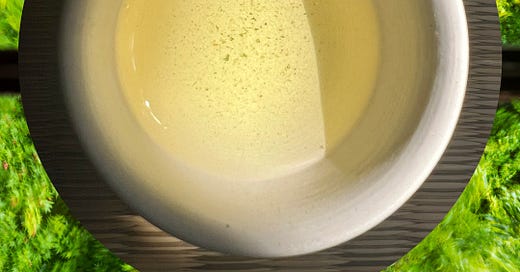



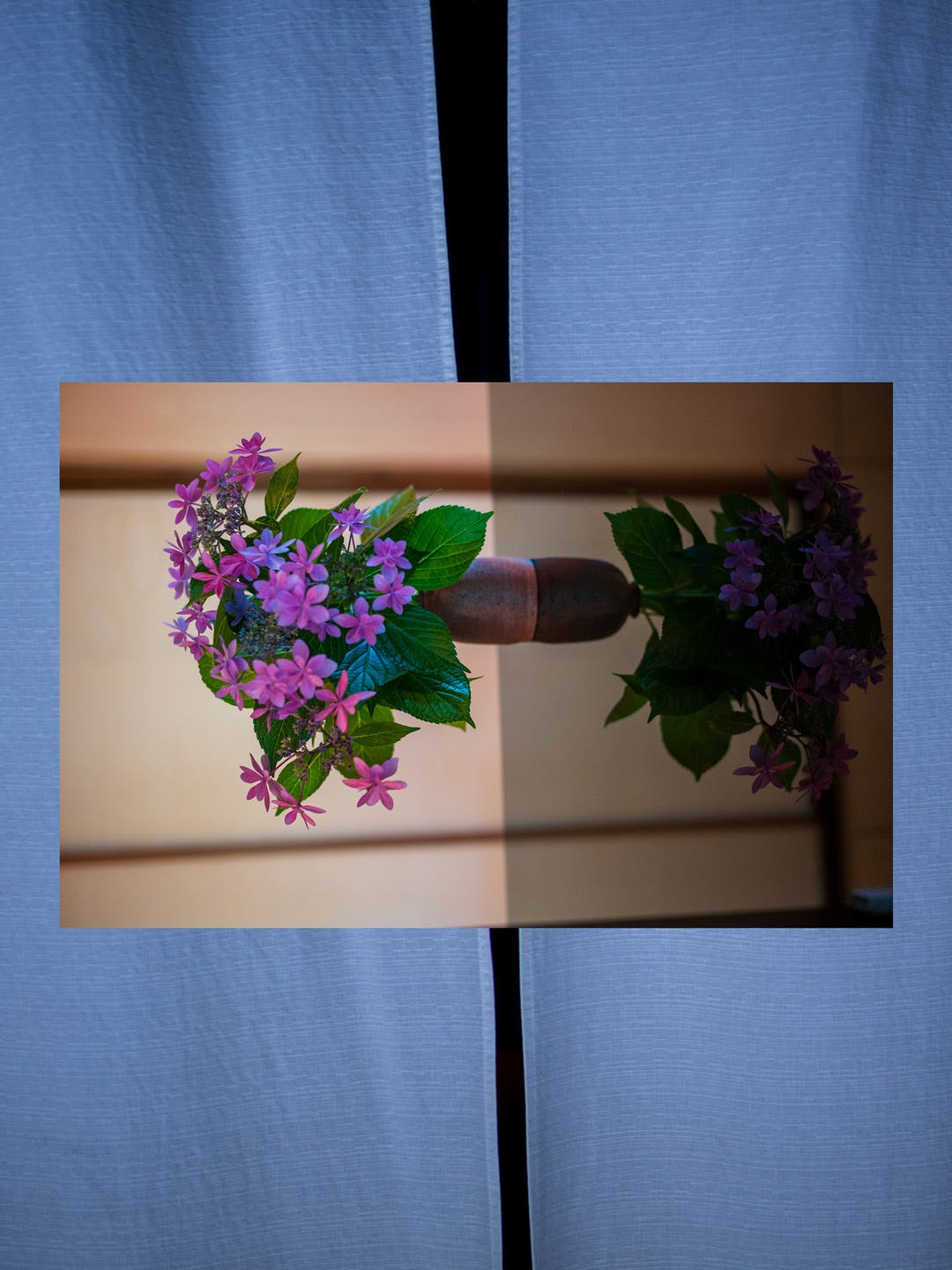
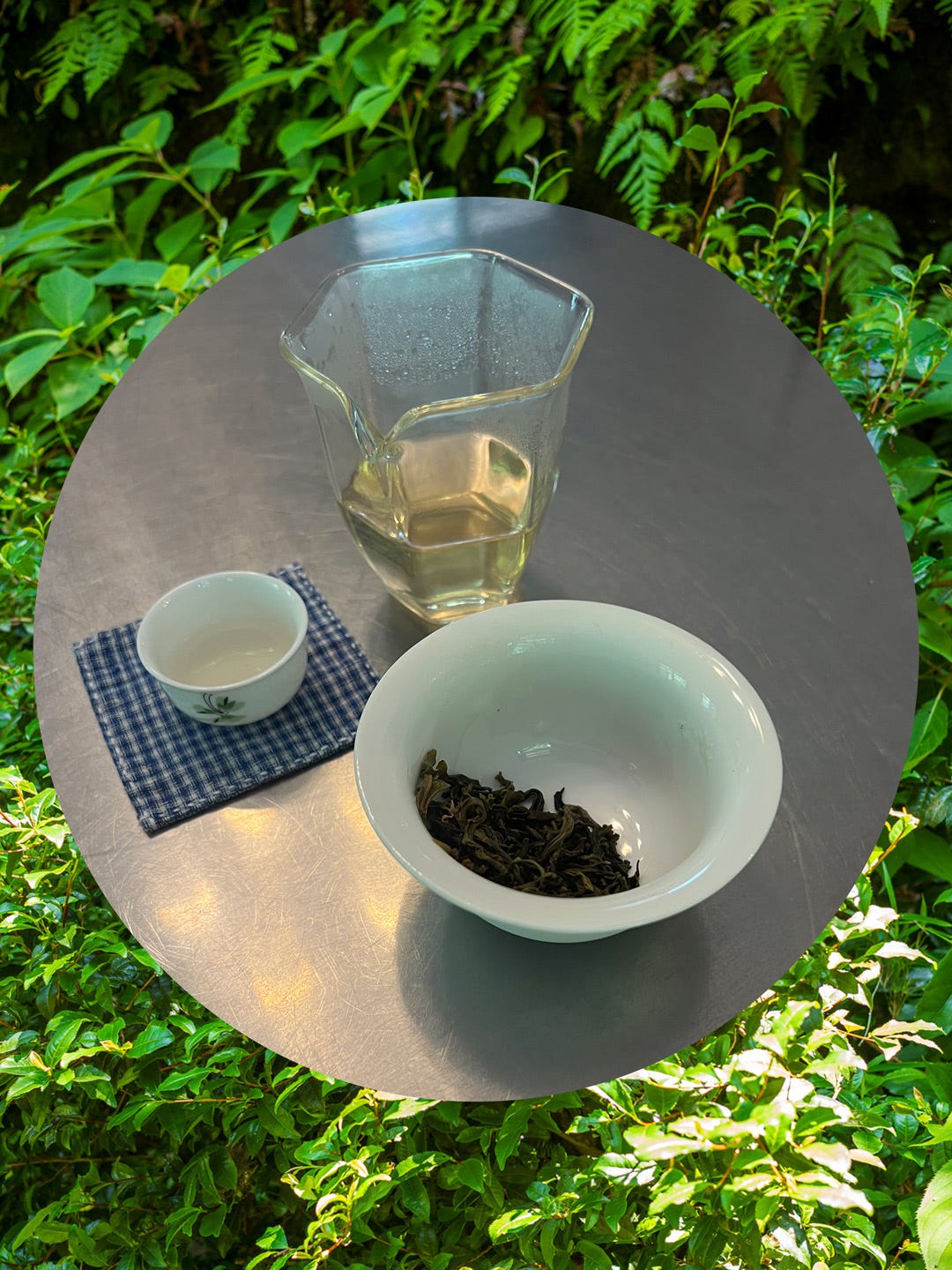
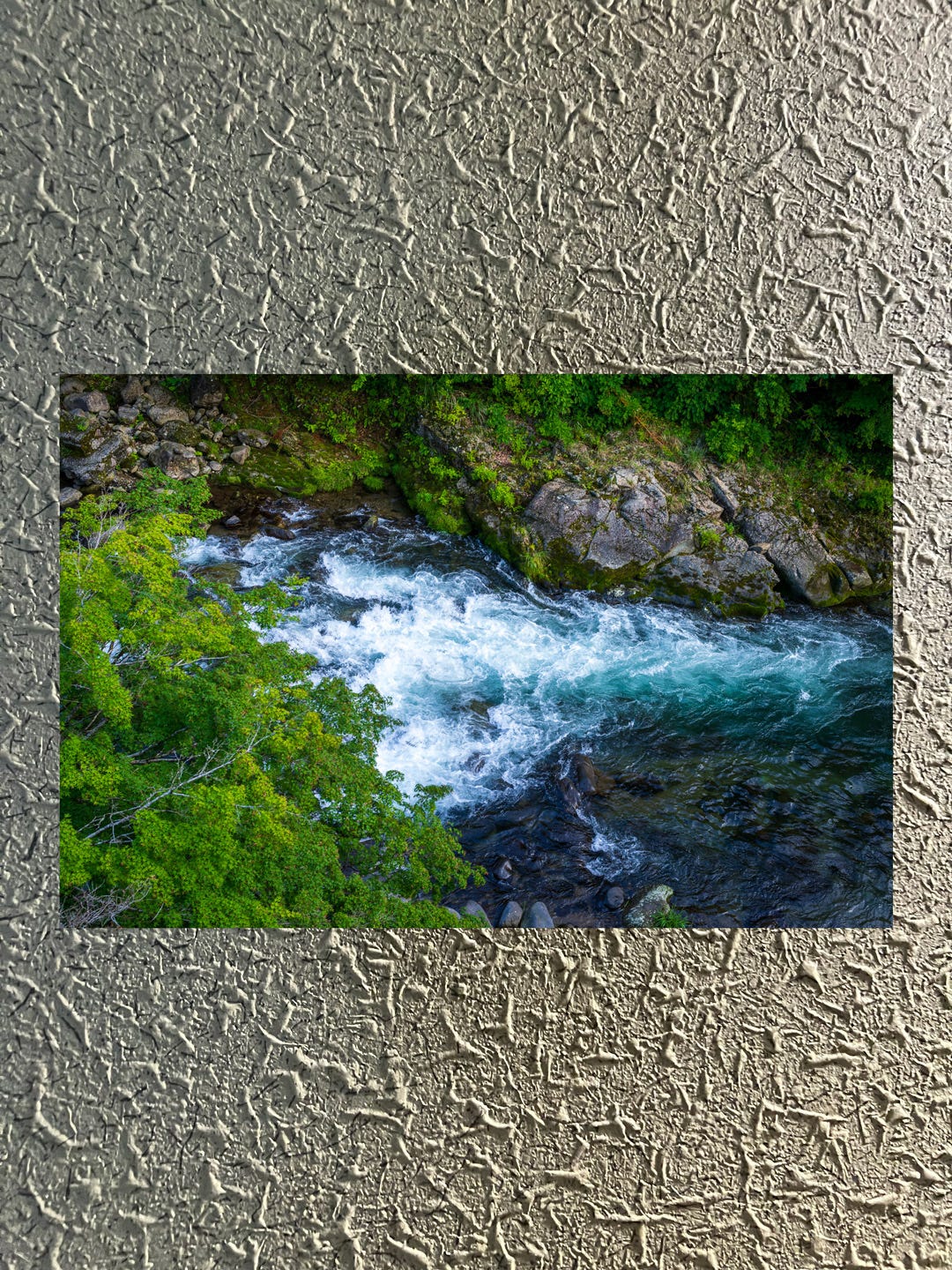

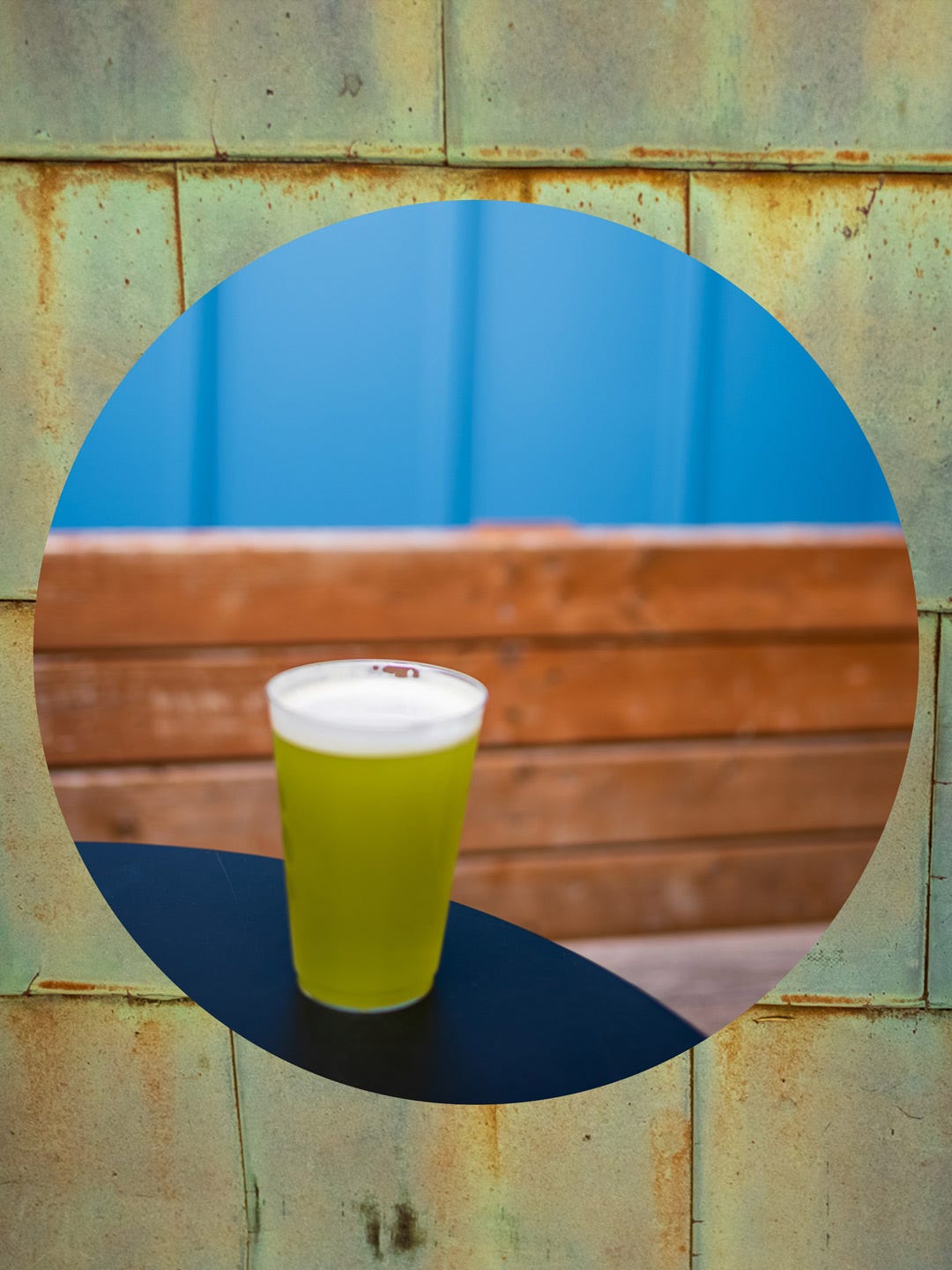
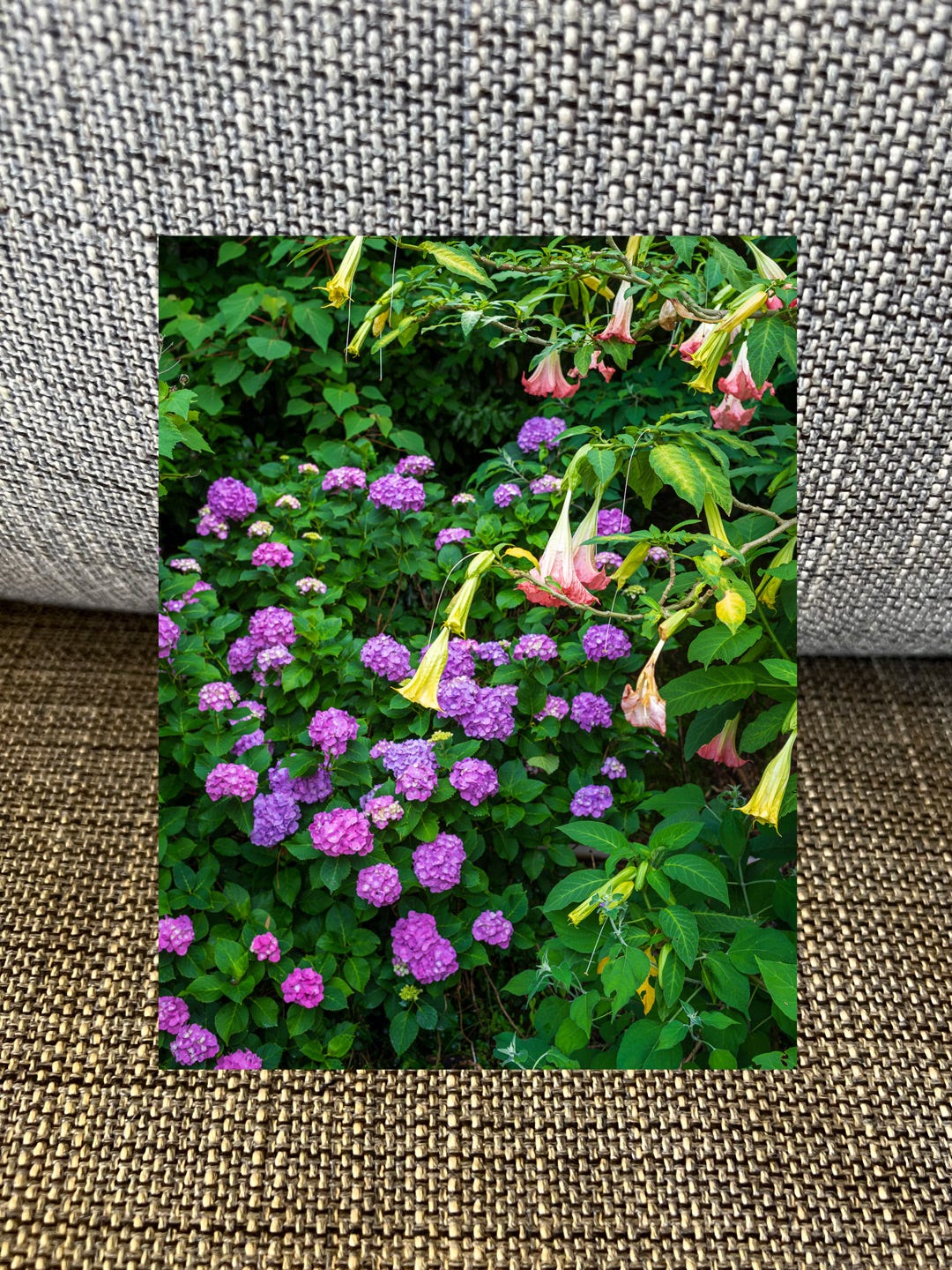
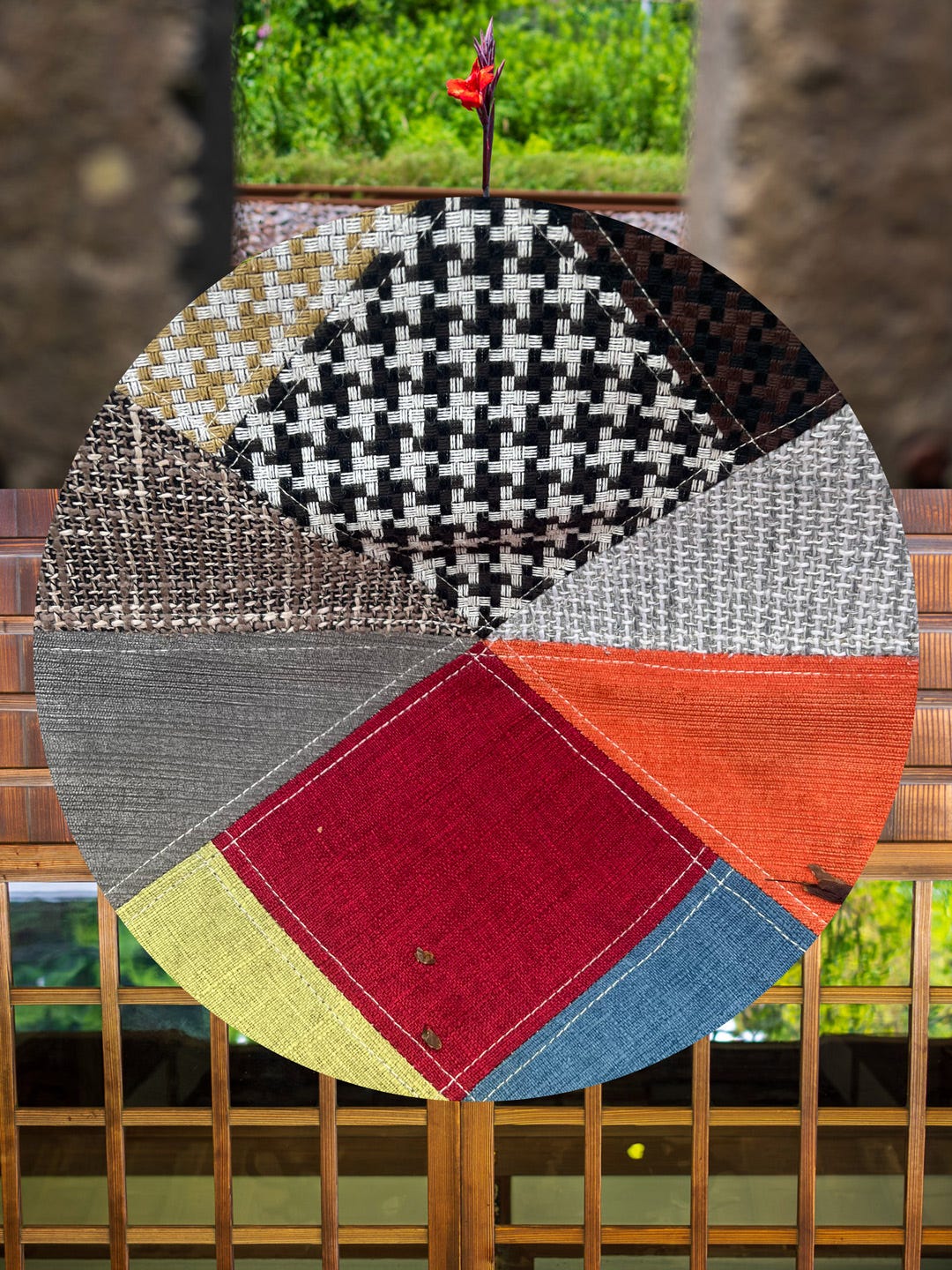
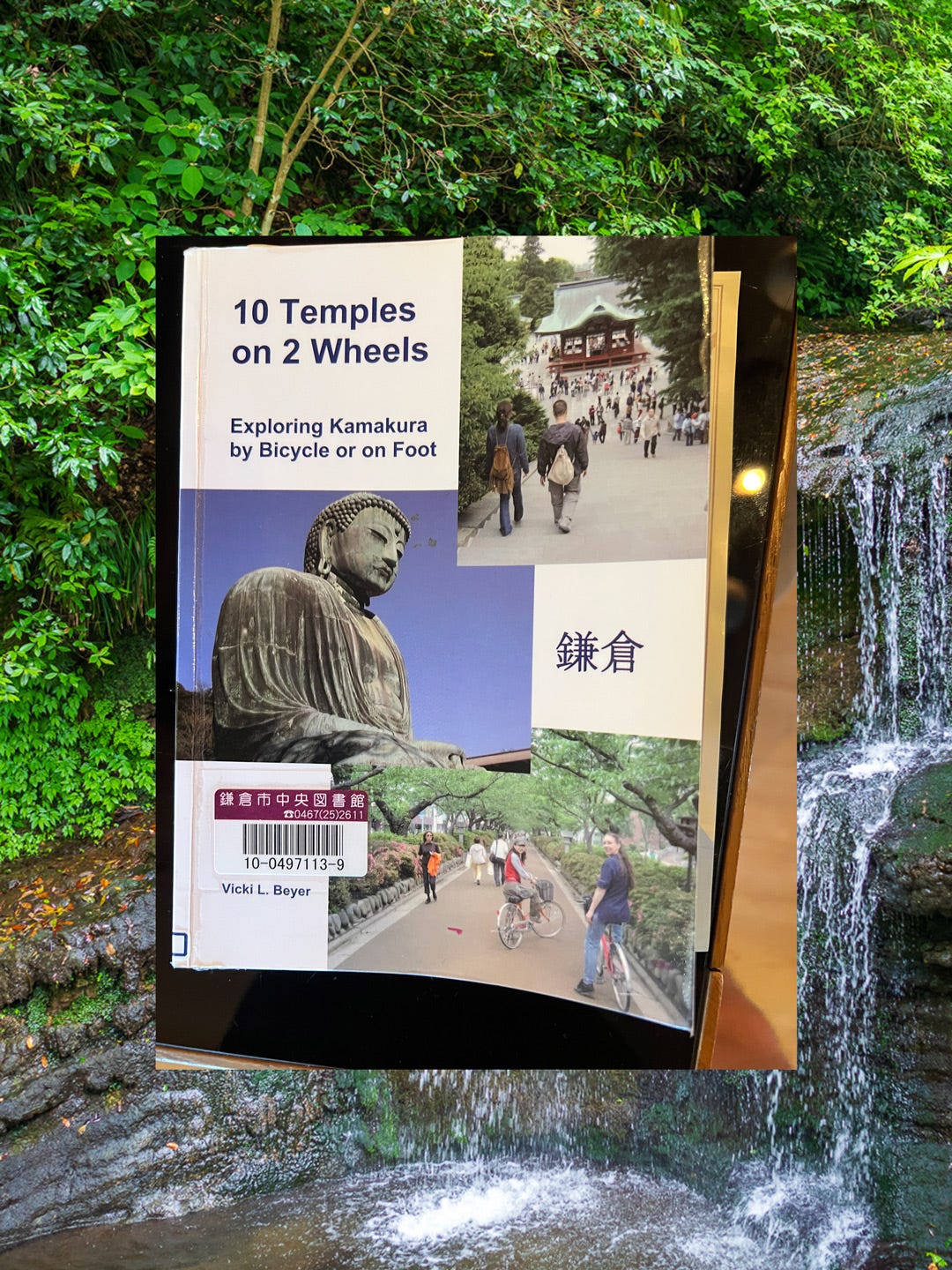
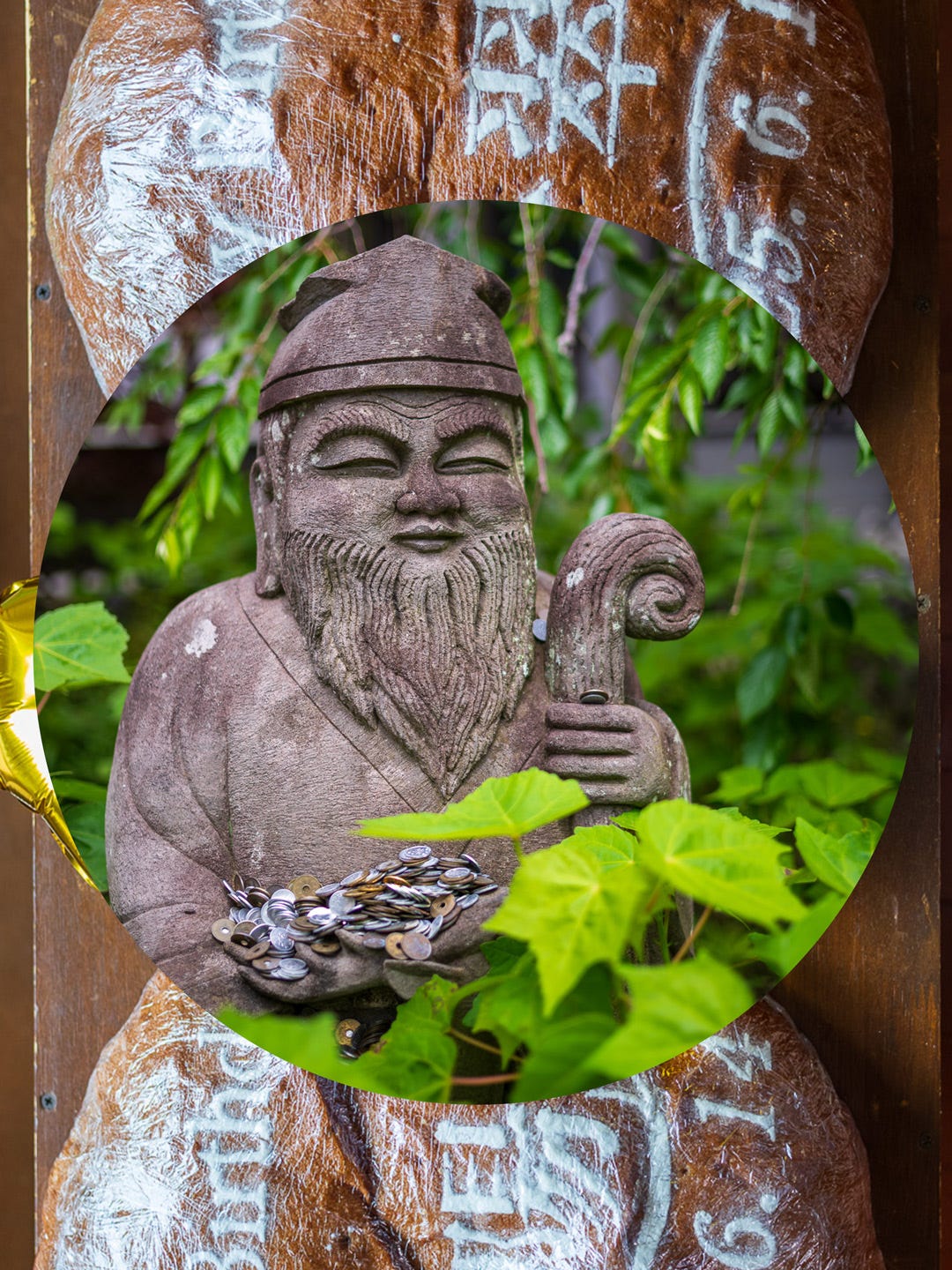
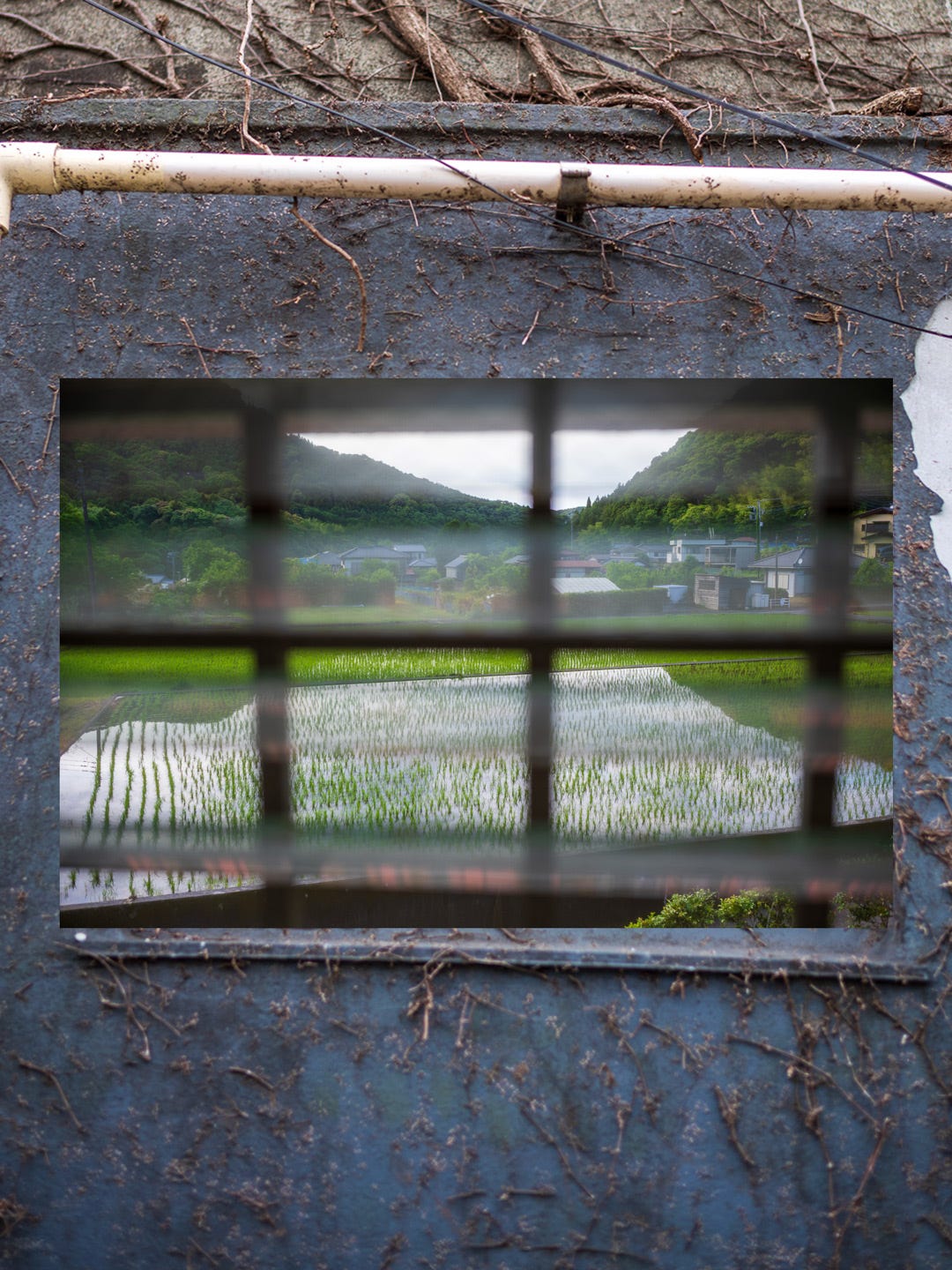

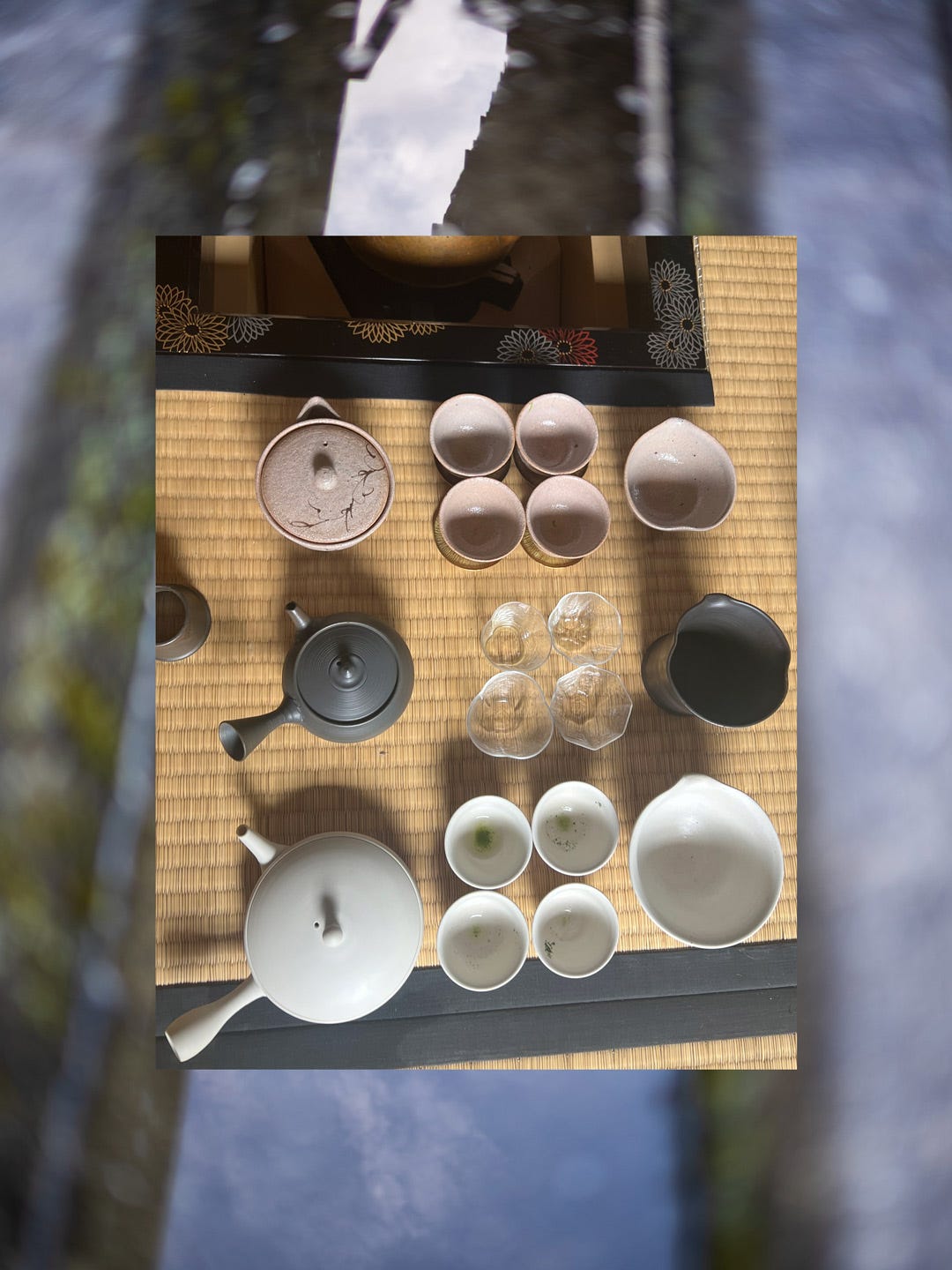
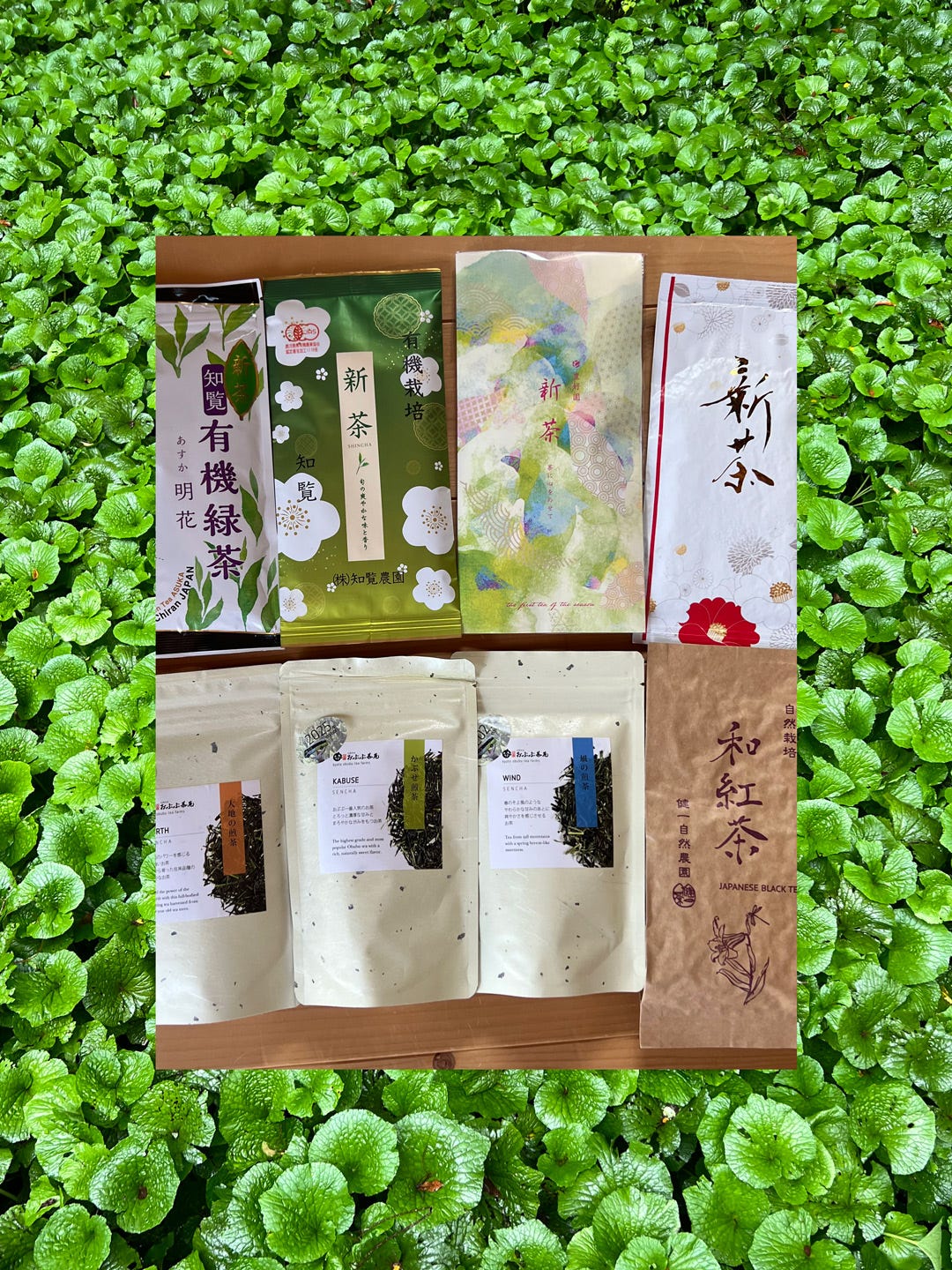
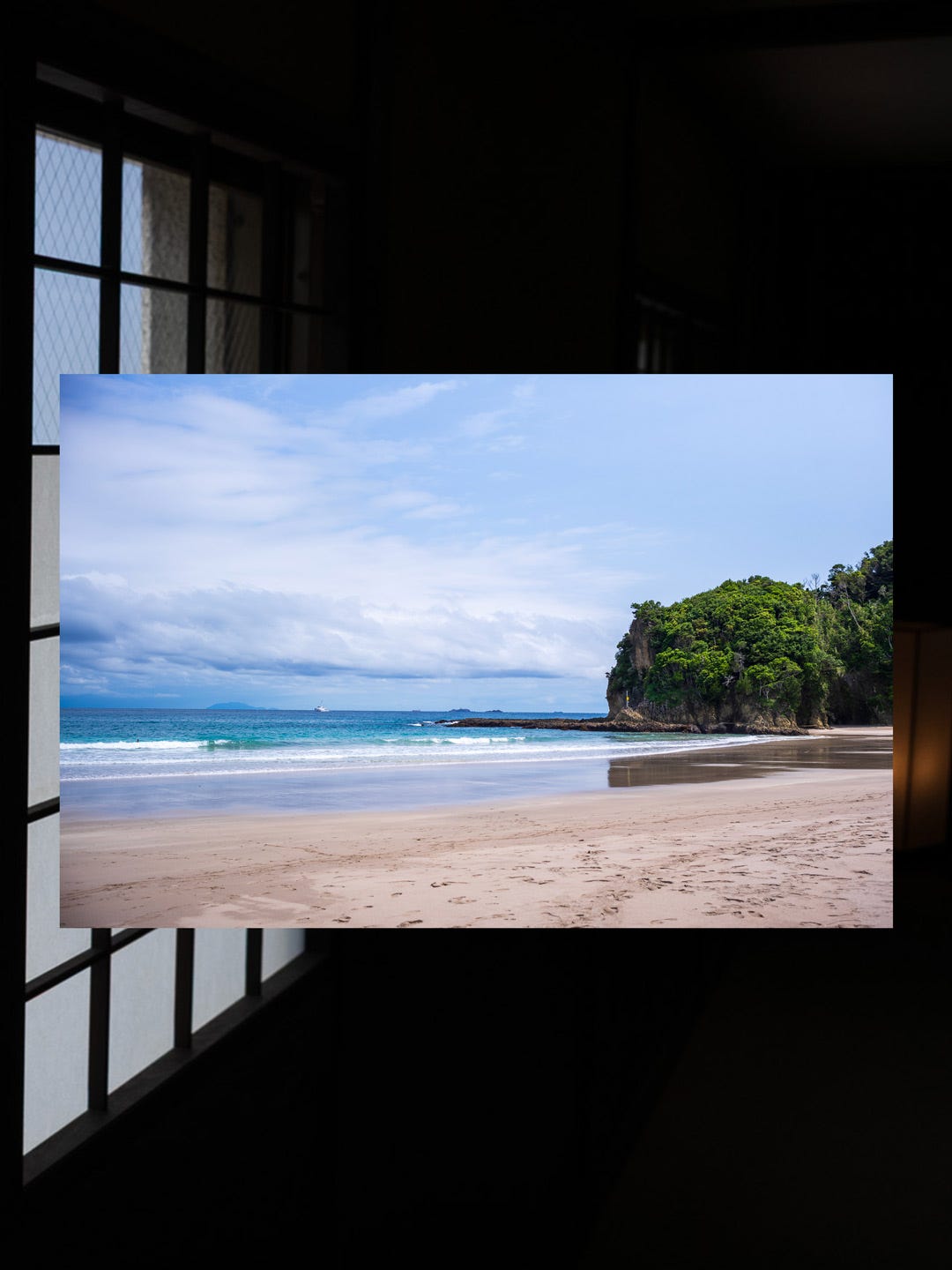
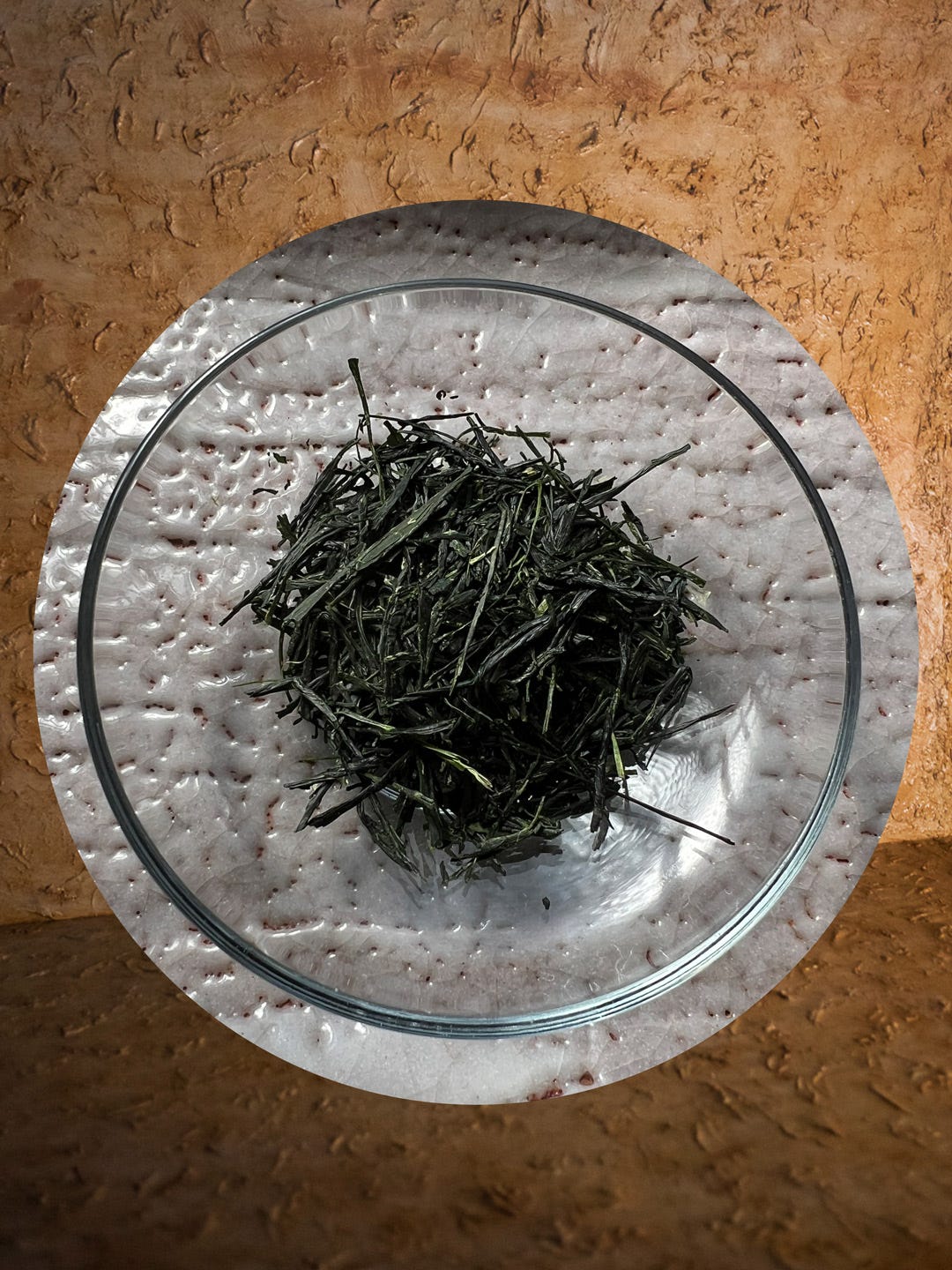
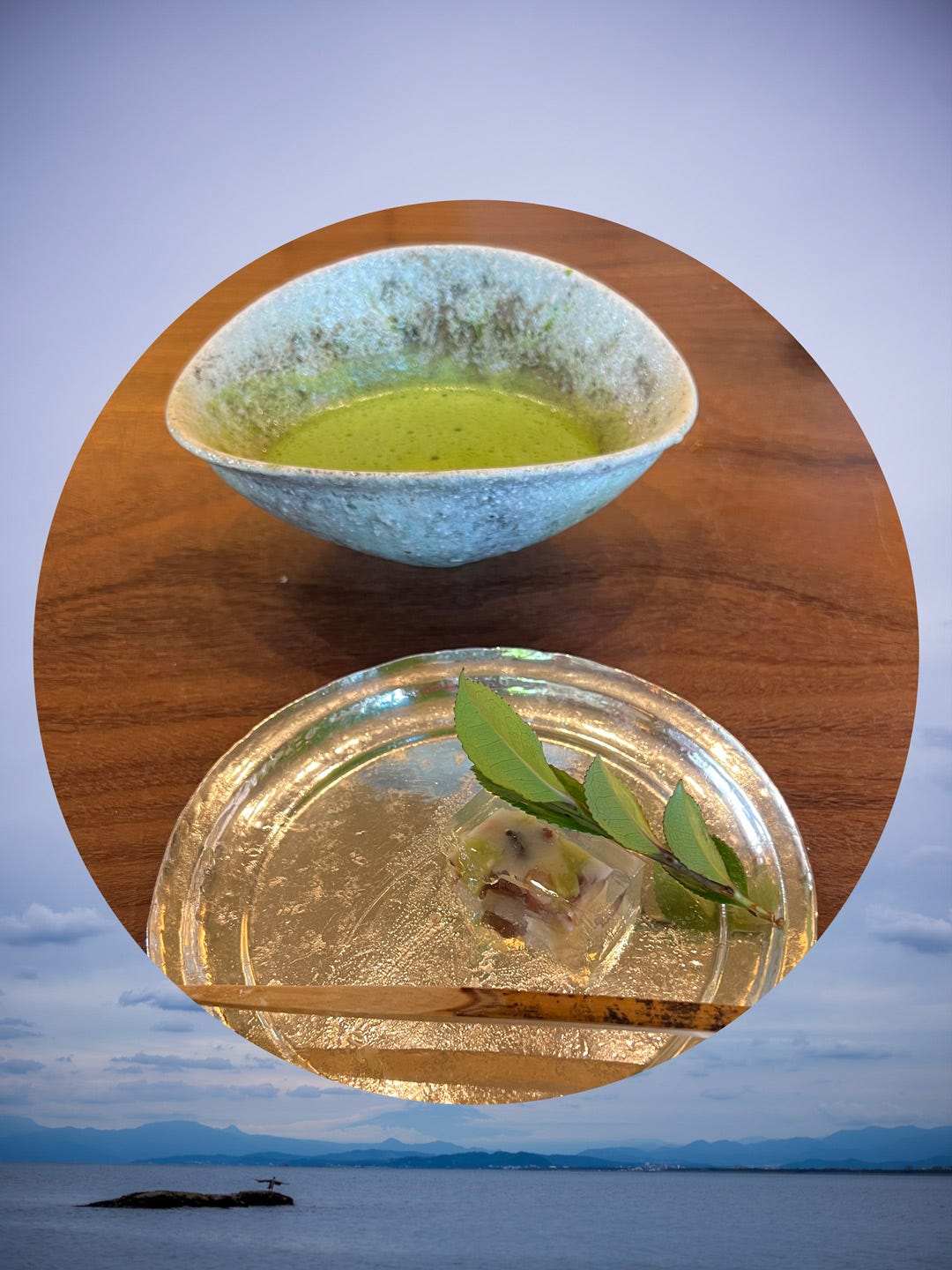
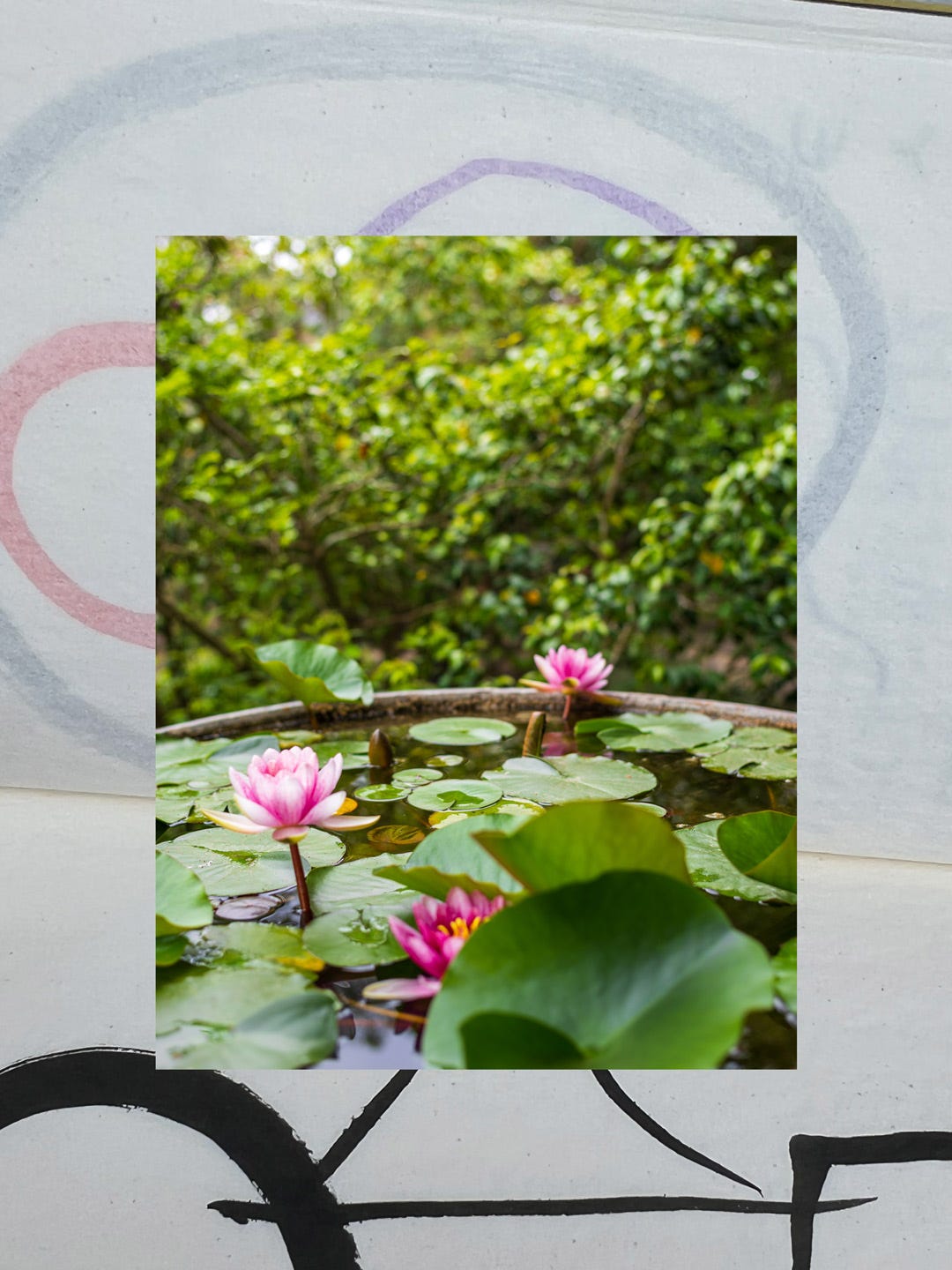
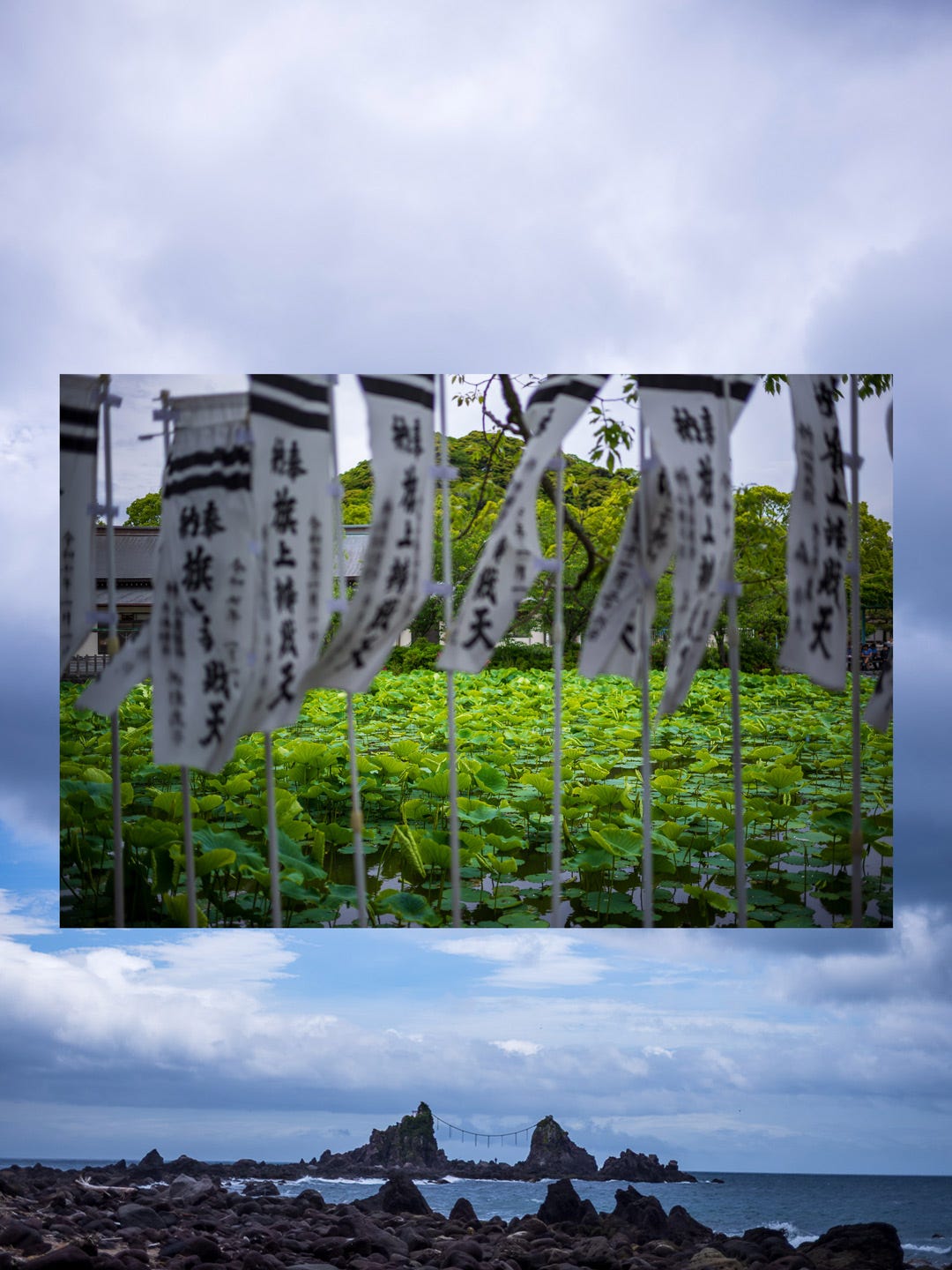
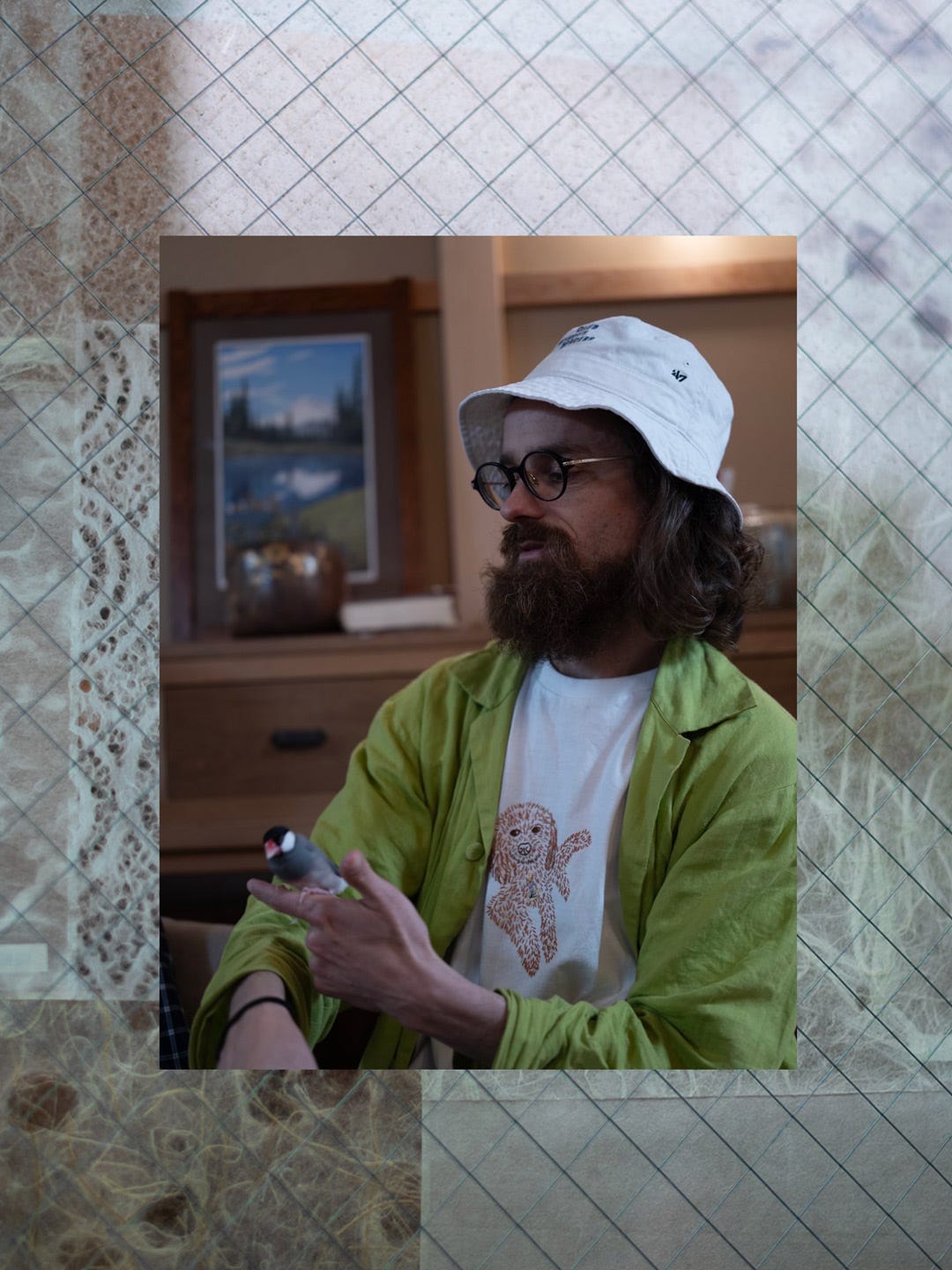
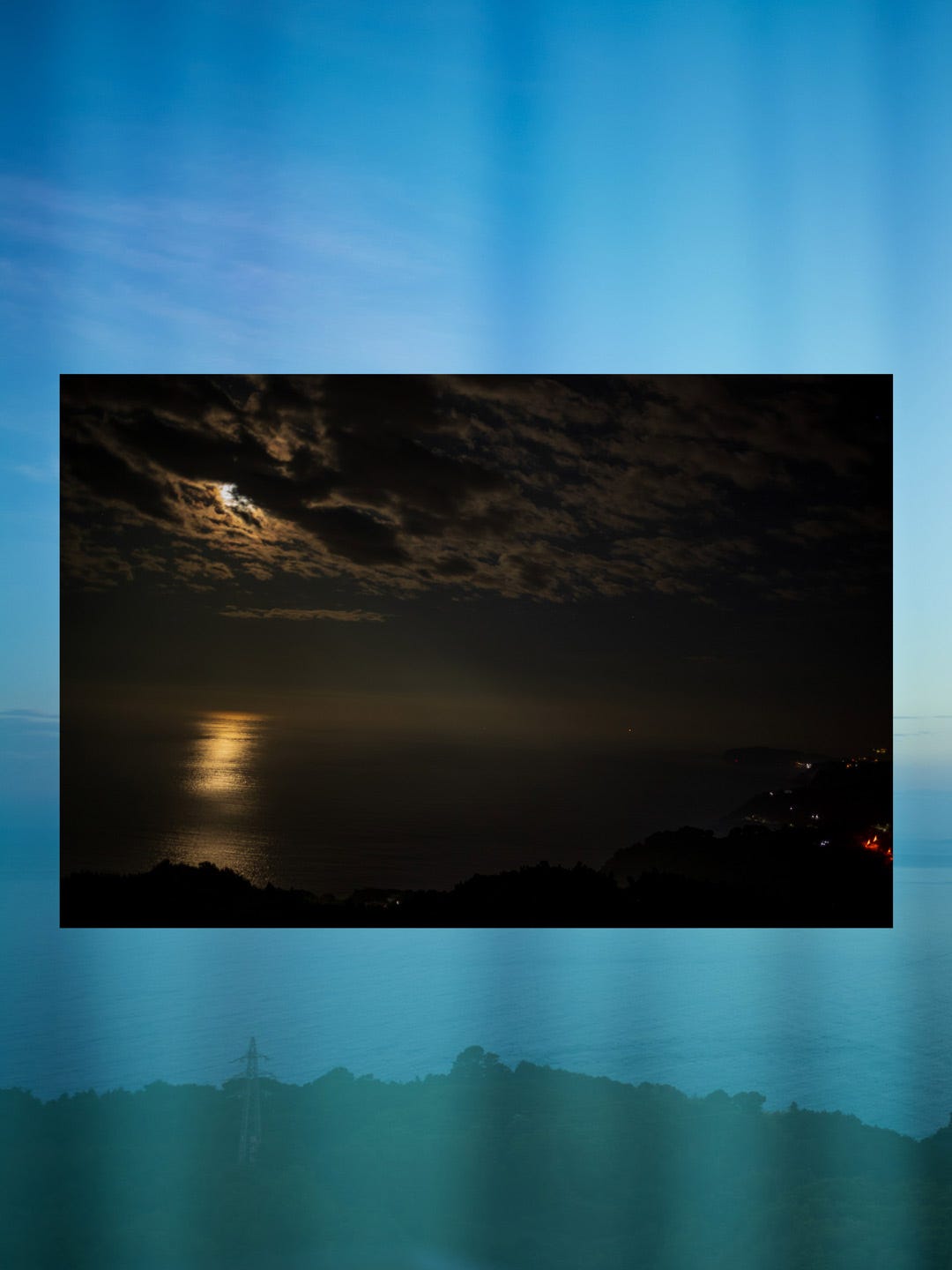

I didn't think I had time to listen to the poem this morning, but when I glanced at it I realized I did, so I did. I deeply enjoyed your words (both poetic and pre-poetic substacking) and voice. Thanks!